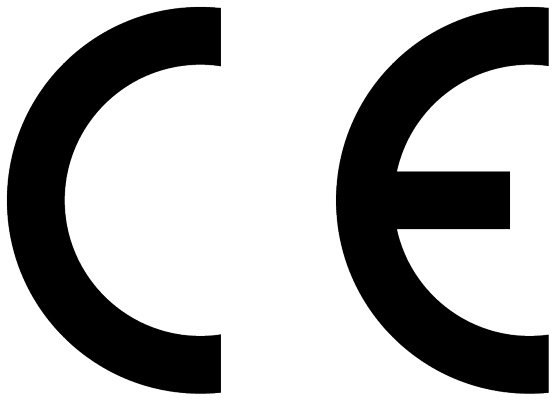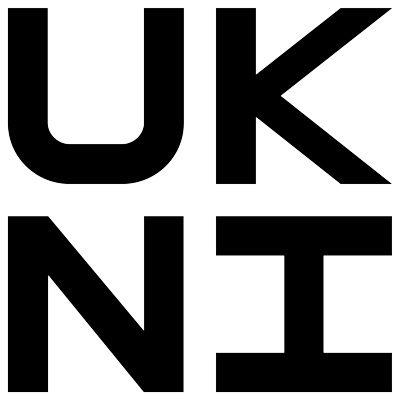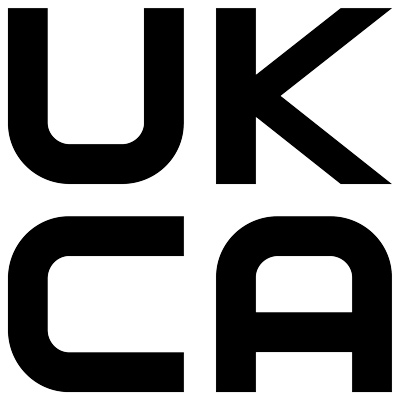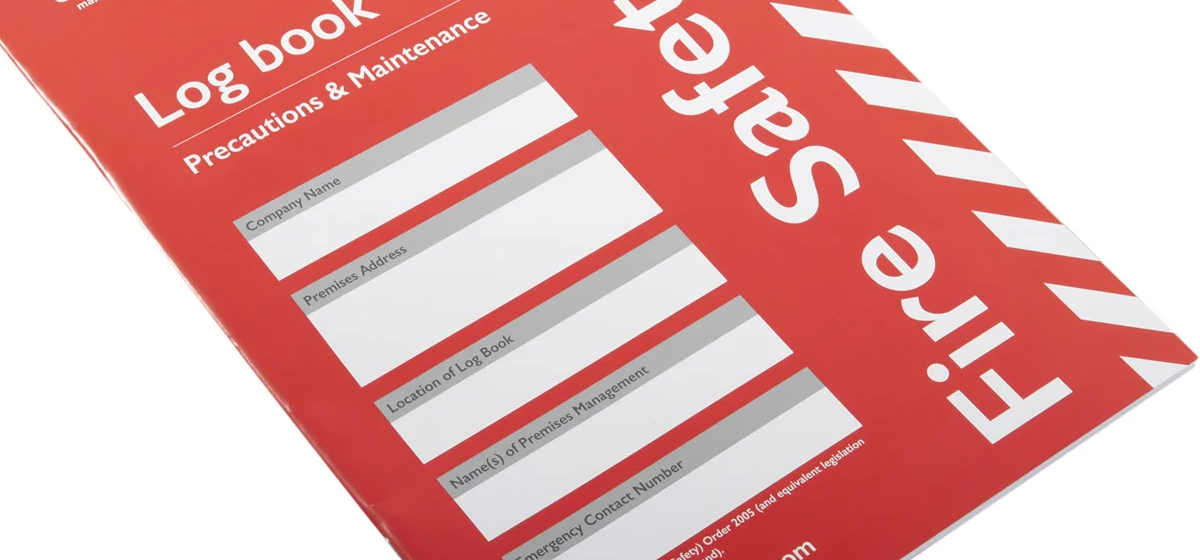-
Contact
Sales & Customer Service
0800 612 6537 support@safelincs.co.uk Live ChatDelivery Enquiries
0800 077 6149 - Resources
Fire & Safety Solutions
CALL OUR TEAM NOW 0800 612 6537
Also FREE from UK mobiles
Free Delivery
on 100s of Products
Live Chat - Online
Instant help & Advice
Trade Discounts
and exclusive pricing
0% Credit Available
Open an account now
5 Star Customer Feedback
What Are Standards?
Most industries across the world are subject to Standards – technical specifications and guidelines which establish key criteria for products, services, and business processes. They are developed by panels of experts, industry representatives, governmental bodies, and sometimes also involve consumer groups. It is important to note that Standards themselves are not legal documents, they are codes of practice or guidance. But why do we have them? Where do they come from? And how are British Standards different from the rest?
What Are Standards For?
Standards cover a wide range of purposes, both directly and indirectly. There are a few broad categories in which they fall:
- Technical Standards: these are specifications for materials, manufacturing, installation, performance testing, etc.; examples include EN 14604 for domestic smoke alarms, ISO 13216 for child car seats, and the BS 5306 family regarding installation and maintenance of fire extinguishers.
- Management Standards: including quality Standards, these concern how businesses should undertake certain processes from risk management and health & safety to environmental responsibility; examples are ISO 9001 for quality management systems and ISO 20121 for managing the social and environmental impact of hosting events.
- Industry Standards: created by industry-focused bodies, such as International Electrotechnical Commission (IEC), rather than an overall Standards organisation, national or otherwise. IEC 60364 on electrical wiring and installations has largely adopted into BS 7671, and the equivalent Standards of other European countries.
By gaining certification from a notified body to a Standard, customers, suppliers, and other stakeholders can be confident in your products and processes.
What Are Parts or Families of Standards?
Some Standards are in "family" groups of related documents, individually referred to as Parts, to split guidance into distinct topics. For example, BS 5839 on the installation and maintenance of fire detection & alarm systems is split into Part 1 for non-domestic systems (also called panel systems) and Part 6 for domestic alarms. These are usually referred to individually, for example BS 5839-1 or EN 54-2, rather than as a group, as they are written in a way to avoid overlap as much as possible.
The Status of a Standard
The main statuses of a Standard would be Current (also called "Published" or "Active"), Under Review, and Withdrawn (or "Obsolete"). Often, when a Standard is Withdrawn, it will be replaced by a new revision of the same Standard, such as "BS 5839-6: 2013" being replaced by "BS 5839-6: 2019", or another Standard like when BS 5423 on the manufacture of portable fire extinguishers was replaced by the Harmonisation of the EN 3 family.
What Are British Standards?
British Standards are those which have been created or adopted by BSI, the British Standards Institute. These are in the class of "national Standards" which have been developed by the Standards organisation of an individual country, or a cooperation between some national organisations, rather than an international body like the International Organization for Standardization (ISO) or the European Committee for Standardization (CEN).
What is The Kitemark?
Any "notified body", an organisation designated by a regulatory authority such as the government or a standards agency, can assess the conformity of a product, service, or company in regards to a Standard and issue a certificate. The Kitemark is a special logo belonging to BSI to indicate that they issued the certificate. Due to BSI's history, reputation, and large catalogue of internationally-recognised Standards, the Kitemark has become a global symbol of quality.

What Are Regulatory or Mandatory Standards?
While governments are often involved, to some degree, in the creation of national Standards or the Harmonisation of external Standards, these are still not legal documents or legislation. However, governments can and do specify Standards inside actual legislation and regulations which people and companies must comply with, and failure to do so (without very good reason; see sub-heading What Are Variations to a Standard?) will lead to prosecution; likely a notable fine, but possibly including time in prison or other sentencing.
A good example to illustrate this being the relationship between The Building Regulations, Approved Documents, and the BS 5839 family of Standards for fire detection and alarm systems:
- The Building Regulations are an actual legal document and only state that buildings "shall be designed and constructed so that there are appropriate provisions for the early warning of fire"
- Approved Document B is the official government guidance on complying with The Building Regulations, in regards to fire safety specifically, and says that the fire detection and alarm system should be in accordance with the relevant recommendations of BS 5839
- BS 5839 (Part 1 commercial / Part 6 domestic) contains recommendations, based on industry consensus, for the best practice in how alarm systems should be designed, installed, and maintained
Must Premises Always be Up-To-Date With All Changes?
Further complicating matters, while businesses must comply with current legislation at all times, aspects such as fire safety are considered on a risk-based approach as to what is reasonable and practicable, so things like the fire alarm system would only need updating to modern components, system design, and installation if proven unsuitable for current legal requirements. In regards to domestic properties and dwellings, they do not usually have to be updated retrospectively to comply with updated Building Regulations or Approved Documents except where renovations, extensions, or other work is being carried out that requires Planning Permission or Building Control sign-off.
Occasionally, laws may be passed which require premises – commercial, domestic, or both – to specifically update certain aspects to a new "minimum" level. An example of this would be Scotland passing a law which requires every home to have interlinked fire alarms, along with a CO alarm in any room containing a carbon-fuelled appliance.
What Are Variations to a Standard?
Some laws can be quite explicit, while others only provide overarching requirements and defer to other guidance documents and Standards for the specifics – such as the example above regarding Building Regulations and fire alarm systems. Any guidance in a Standard which is also explicitly mentioned in applicable laws are actual legal requirements, and must be followed.
Provided the clause in question isn't an explicit legal requirement, if any guidance given in a Standard does not apply or a company can prove that there is a better option or process available to them, then it may be allowed to not follow that part of the Standard. This is called a variation to, or deviation from, the Standard, and must be carefully documented by whoever has responsibility and authority to make such a decision, so that the reasoning, facts, and evidence can be reviewed in case of any incidents arising. For example, if a new fire detection sensor technology is being sold on the market but BS 5839 has not been updated with guidance on how to use this new technology.
Standards are codes of practice and apply across entire industries, or to all industries, and can be written intentionally open or vague in some regards to not stifle innovation. Because of this, it is inevitable that there will be situations not directly covered by a Standard, despite the best efforts of those writing them. Standards can also be in effect for a long time, often taking several years between work starting on an update and the new version being published, due to their technical and overarching nature.
What Are Harmonised Standards?
Harmonised Standards were originally written in one country, like BSI for the UK and DIN for Germany, or by an international Standards body, like ISO or CEN, and are then officially adopted into other countries to align trade, safety, legislation, and cooperation. These can usually be identified easily by the original prefix being after the national prefix, such as "BS EN 3-7" or "BS ISO 9001".
Notably, and separate from variations, Harmonised Standards often allow for country-specific amendments and alterations to some degree. This mechanism is to allow for historical practises or things which are infeasible, such as for mains electrical wiring where many nations have different plug designs.
What Are EN Standards?
EN Standards, also known as European Standards, are those developed by the CEN, or the more specific European Committee for Electrotechnical Standardization (CENELEC). These Standards are intended to apply across the EU and be Harmonised by each member state, so that there is a level playing field for safety and trade.
What Are ISO Standards?
ISO, the International Organization for Standardization, is an independent and non-governmental body that publishes Standards intended to be adopted internationally. Products manufactured to ISO Standards, for example, should perform identically no matter where in the world they are created, purchased, or used.
What Are The CE Mark, UKCA Mark, and UKNI Mark?
CE Marks and UKCA Marks are symbols to declare compliance with all required laws, regulations, and Standards. They are the manufacturer's responsibility and liability, and are required to put certain product types on the market – even if they are manufactured outside of the EEA or UK. CE, UKCA, and UKNI Marks must not be applied to products which are not under the relevant legislation. The manufacturer must write up and sign a Declaration, often a Declaration of Conformity or Declaration of Performance, and make this available to distributors, importers, consumers, and enforcement agencies as appropriate.
- CE Marking is for the European Economic Area (EEA) and European Union (EU)
- UKCA Marking is for Great Britain post-Brexit, though a transition period where the CE Mark is still allowed has been extended several times and varies by product type
- UKNI Marking is for Northern Ireland, but must be paired with a valid CE Mark
The UKCA Mark cannot be used to place goods on the Northern Ireland market, but businesses in NI can sell compliant products, bearing both UKNI and CE Marks, into Great Britain.



Note that there are rules and stipulations on how these markings should be displayed, such as maintaining the exact proportions and being no less than 5mm on the shortest side. Technically, products are not compliant if the marking is not displayed correctly, even if all certification and other proofs of compliance are valid.
Is Certification Required?
Not always! The relevant legislation for each product type will state whether 3rd party certification is required or if self-declaration or self-assessment are acceptable. In the former case, this must be carried out by a notified body, an organisation which is acknowledged by its government (who also informs the Commission if an EU Member State) to fulfil the requirements to carry out conformity assessments for one or more relevant legislation.
For example: BS EN 14604, the Standard for manufacturing domestic smoke alarms, falls under "Construction Products" legislation both for the EU and UK so requires 3rd party certification for conformity, while BS EN 50291-1 for carbon monoxide alarms and BS 5446-2 for heat alarms do not and are self-declaration. See: EU guidance on CE marking for manufacturers / UK guidance on Designated Standards.
Even when self-declaration is allowed, the manufacturer must be able to prove their products' compliance when required, such as when enforcement agencies like customs ask for documentation during the importing of goods into the country. It is often not feasible for manufacturers to conduct their own testing, particularly for things like the Registration, Evaluation, Authorisation and Restriction of Chemicals (REACH) or the Electromagnetic Compatibility Regulations (EMC) which require specialist equipment, so 3rd party certification is still very common for several aspects of conformity.
FAQs: Frequently Asked Questions
When ordering fire extinguishers for a business, do you have to have on-site certification or installation?
Although it is not compulsory, we advise having on-site certification and installation when buying fire extinguishers for your business.The Regulatory Reform Order (Fire Safety) 2005 states that you should provide suitable firefighting equipment, but no specific guidance is stated on what you need. Instead, it refers you to relevant guidance such as the British Standard BS 5306-8, which gives information on how to work out your premises' extinguisher provision and states that extinguishers should be commissioned. "Commissioning" is the common term for having a qualified service engineer attend your site to install the extinguishers, ensure they are all suitable and in working order, and provide certification to demonstrate that you have met the accepted standards.
Because this British Standard is not a law, you won’t get into trouble for not following the guidance; as long as there are no incidents. If, however, there is a fire and someone is injured, the Fire Investigation Officer (FIO) will check whether you followed the guidance in relation to your fire safety. If you didn’t the FIO will want to know why and potentially prosecute you for negligence.
Having your extinguishers commissioned by a BAFE registered engineer will ensure that you have the correct type and number of fire extinguihsers in the right place and they are in full-working order.
Are P50 Extinguishers maintenance free?
P50 extinguishers are 'service-free' rather than maintenance-free. Due to their unique construction, they do not require annual servicing from a trained extinguisher technician. Instead, they can be visually checked each year by a responsible member of your team. This saves money on annual servicing. Safelincs provide training for your staff on how to visually inspect P50 service-free fire extinguishers.All types of fire extinguishers need to be maintained in good working order to comply with the Regulatory Reform (Fire Safety) Order 2005 and the British Standards. The annual maintenance process is much simpler for P50 Extinguishers, hence why they are often referred to as 'maintenance-free extinguishers'.
What is the minimum power size for a door closer fitted to a fire door?
Power Size EN3 is the minimum closer strength required for any fire doors that must be fitted with an automatic closing device, as per recommendations in BS EN 1154.
EN1 and EN2 are defined in the Standard, but are only recommended for use on non-fire doors and are not actually suitable for use on fire doors. This is because fire door leaves are denser and heavier than non-fire doors, they are fitted with seals around the door edges which may cause resistance when closing, and it is critical that they are fully closed to prevent the spread of fire and smoke. Fire door closers therefore need to apply more force to fully close the door.
BS EN 1154 is the harmonised British-European Standard which covers performance and test methodology for door-closing devices, not limited to those intended for use on fire doors. EN Power Sizes are a classification system for door closers, where each power size corresponds to a range of door widths and weights that the closer is suitable for to ensure the door is fully closed. They range from EN1 (maximum door leaf width of 750mm and weight of 20kg) to EN7 (maximum width of 1600mm and weight of 160kg). Power Size EN3 supports doors up to 950mm wide and weighing up to 60kg.
Are Carbon Monoxide Detectors Required by Law?
In short: yes, but there isn't just one, single rule to follow.
Legislative requirements for carbon monoxide alarms vary by which country of the UK your house is in and whether it is rented or owner-occupied. Most legislation requires at least one carbon monoxide alarm is fitted near new or replacement fuel-burning appliances (e.g. boiler, oven, fire place), specifically either 'tamper-proof' / 'sealed for life' alarms such as those using lithium batteries, or alternatively mains-powered models which are directly wired into mains supply as opposed to plug-in types. Some countries have exceptions for fuel-burning appliances used solely for cooking. Rented properties mostly require a CO alarm immediately even if no appliances are being installed or replaced.
Please see our page on carbon monoxide alarm legislation for more specific guidance, links to relevant legislation & government guidance, and links to carbon monoxide alarms suitable for each. Alternatively, please view our full range of carbon monoxide alarms if you already know what type you need.























